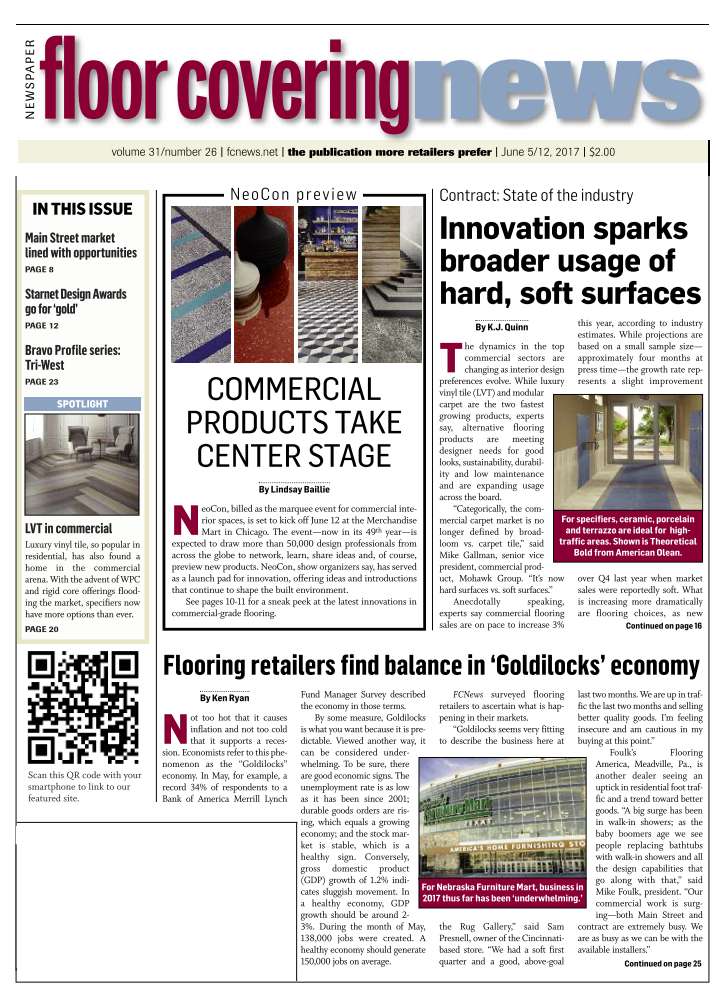June 5/12, 2017: Volume 31, Issue 26
By Garnet Sofillas
Today’s health clubs look drastically different from the traditional gym of 30 years ago. In the 1980s through the early 2000s, mainstream clubs had it all: selectorized machines, cardio equipment, aerobics, group X, massage and tanning. Nowadays, functional training is the focus and many traditional gyms are eliminating equipment to create dedicated, functional training spaces.
“The focus is now on strength and conditioning—jumping, sprinting, throwing, crawling—things you would find in a collegiate or professional strength and conditioning program,” said Jim Launer, managing director of athletic operations at Spooky Nook Sports, Manheim, Pa. Opened in 2012, the $25 million, 700,000-square-foot facility—billed as the largest sports complex in North America—is part of a 14-acre site that features eight hockey pitches, 10 full-length volleyball/basketball courts, a 200m indoor running track and 14 batting cages, among other amenities.
In the past, Launer said, fitness facilities were focused on fitness alone, and the emphasis was on machines and how many owners could cram into a space. Fast forward to the present day where modern fitness facilities focus on training the body for activities performed in daily life. Functional strength tools common in health clubs today include suspension training rigs, racks for squats and pull-ups, battling ropes, kettle bells, medicine balls, sand bags, plyometric boxes and sleds.
Naturally, flooring surfaces have become an integral part in the design of these modern exercise facilities. With a new focus on members using their bodies, surfaces are of paramount importance. To that end, facility/project managers and designers are seeking flooring products that satisfy several basic criteria: safety, comfort and ergonomics. All of these requirements must be taken into consideration when selecting a floor in order to protect members’ bodies, ensure they have an optimal experience and to keep neighbors content. These include those working out in classes in adjoining spaces or tenants situated below the exercise facility.
Of course, any flooring material selected for use in an exercise facility shared by thousands of people on a daily basis must be relatively easy to clean and maintain. “If you are truly going to train on a floor, the surface will need to be cleaned daily,” Launer said.
Durability was another requirement that’s high on the list for the Spooky Nook Sports facility, which not only features a functional weightlifting and training area, but also a turf field, sled lane, running track, infinity spa, three pickleball courts and an “American Ninja Warrior style” course. “The floor needs to be able to handle heavy weight drops, ropes, medicine ball slams and jumping…and still provide a surface that is comfortable.”
Lastly, the surface needs to be visually appealing and appropriate for the application. In Spooky Nook’s case, the sports flooring product it chose featured bold, blue colors as well as custom logos and pictures. “The right look and color help to motivate and train people,” Launer said. “Our customers expect us to provide them with the best surfaces possible.”
Garnet Sofillas is the communications and public relations manager for Centaur, which provides performance flooring solutions for commercial applications. With a background in journalism, she has both agency and corporate PR experience.

